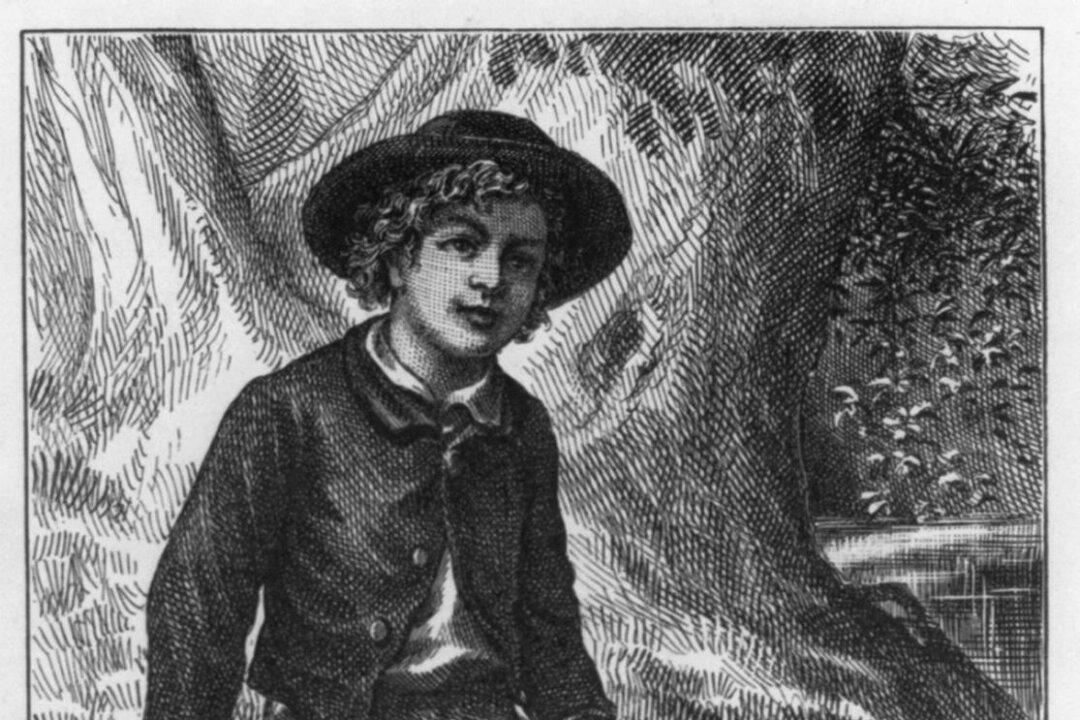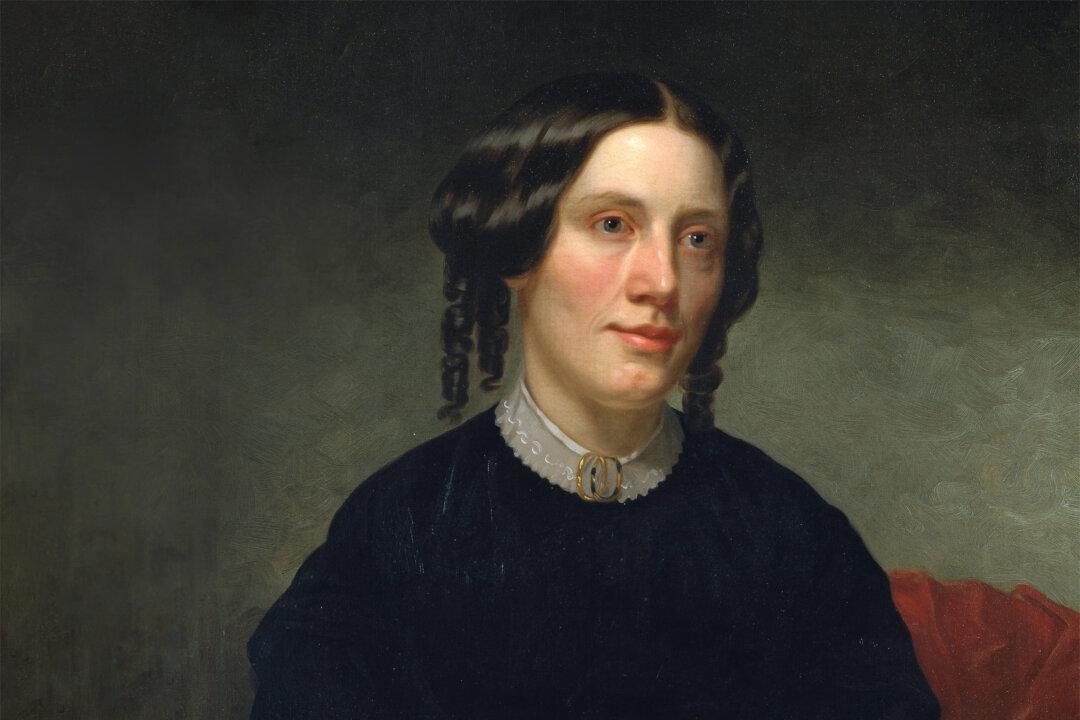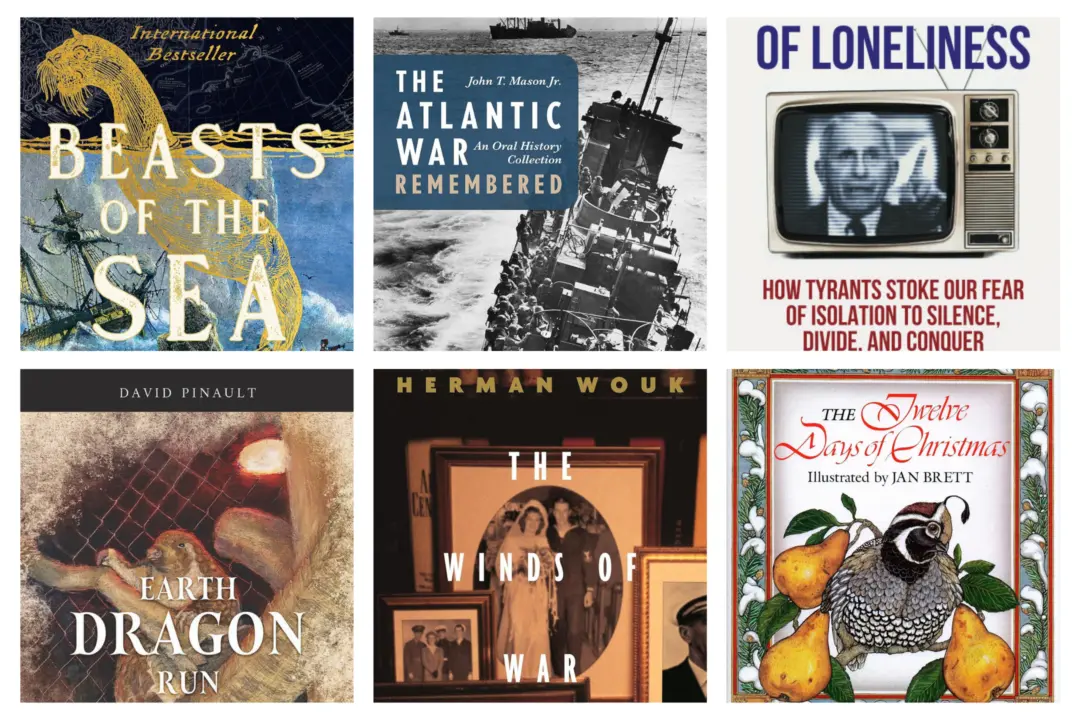Mark Twain ends the “Adventures of Huckleberry Finn” with these words:
“And so there ain’t nothing more to write about, and I am rotten glad of it, because if I’d a knowed what a trouble that was to make a book I wouldn’t a tackled it and ain’t agoing to no more. But I reckon I got to light out for the Territory ahead of the rest, because Aunt Sally she’s going to adopt me and sivilize me and I can’t stand it. I been there before.”






